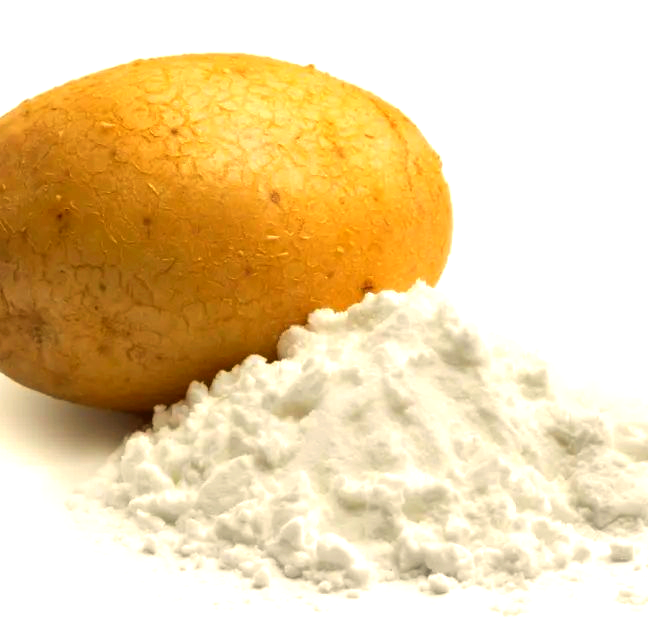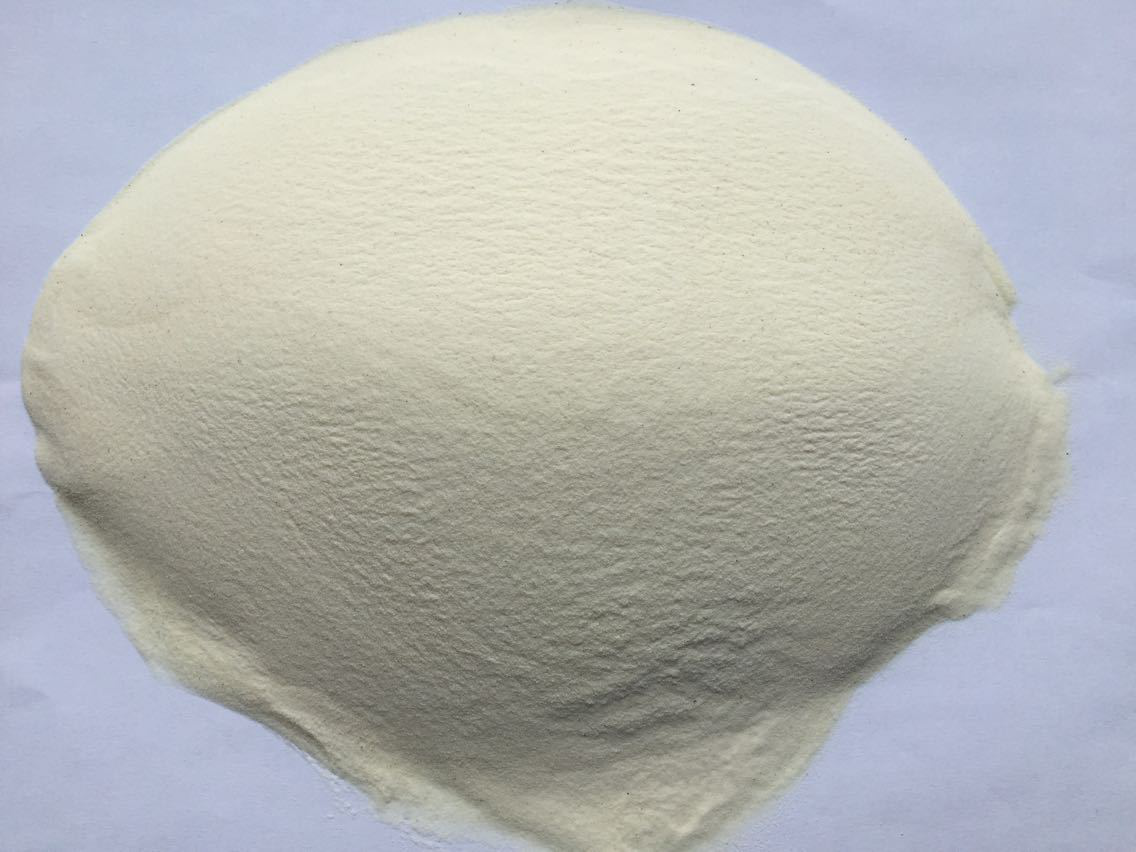Potatoes are indeed a “treasure”. After whole potato starch, half-cooked whole potato starch and raw whole potato starch have been developed successively in the past two years. What are the differences between them? Which one has higher nutritional value and a broader market prospect? This article makes a brief analysis.
Process
Unlike halfi-cooked whole starch and raw whole starch, potato whole starch is a very mature product. It has a processing history of over a hundred years in the EU region. China introduced whole flour processing around the late 1990s and has now formed an annual production capacity of 600,000 to 800,000 tons.
Potato starch is a high-quality product obtained through a series of processes including carefully selecting raw materials, washing, peeling, slicing, rinsing, pre-cooking, cooling, steaming, and mashing, followed by dehydration and drying. At present, there are mainly two types of potato whole powder: granular whole powder and snowflake whole powder. The finished product exists in the form of potato cell monomers or aggregates of several cells, which is called potato “granular” whole powder. Potato snowflake whole powder is obtained by roller drying and its finished product is in the shape of “snowflake” flakes.
Half-cooked whole potato powder is made from fresh potatoes. First, they are washed, peeled, and cut into small cubes. Then, they are dried until half-cooked and ground into powder to become half-cooked whole potato powder.
Raw potato starch is made from fresh potatoes. After being washed, peeled, extruded and crushed, with the addition of antioxidants and acidity regulators, it undergoes dehydration, drying and sieving to become raw potato starch.
Whether it is half-cooked whole starch or raw whole starch, they are both “new things” that have been developed in recent years and have not yet been mass-produced or fully launched on the market.
Advantages
Potato whole powder is a food ingredient that is low in fat, sugar, calories and high in protein. It largely retains the high content of VB1, VB2, VC and minerals such as calcium, potassium and iron in potatoes, and can be made into the best nutritional food for different age groups from infants to the elderly. Therefore, whole powder is praised by nutritionists at home and abroad as “the perfect food in every way”.
In addition, whole potato powder almost contains all the nutrients the human body needs. Meanwhile, whole potato powder is a dehydrated product of fresh potatoes, which includes all the dry matter of potatoes except for the skin. Due to the fact that the integrity of potato cell particles is maintained to the greatest extent during its processing, the potato powder after rehydration retains the nutrition, flavor and texture of fresh potatoes after steaming.
As a mature and mass-produced product, whole potato flour has a wide range of applications. Firstly, in Western cuisine, whole potato flour is a versatile food. For instance, it can be found in famous Western dishes such as Munich pork knuckles and Parisian grilled steaks. Second, in the application of staple food products in China, such as steamed buns, dried noodles, rice noodles, and mixed rice, a certain proportion of whole flour has been added. Thirdly, in the application of local specialties, a certain proportion of whole flour can be added to specialties such as rice cakes, and naan in the northwest and north China regions, Frice cakes, and rice noodles in the southwest region. The finished products will have a more delicious and unique taste. The fourth type is functional food. By blending whole potato flour with other coarse grains and beans, low-calorie and sugar-free functional food suitable for people with obesity and diabetes can be made. The fifth category is snack foods. The main products include puffed and various flavors of French fries, potato chips and other foods.
The semi-cooked and full-flour processing of potatoes basically retains the nutrients of potatoes such as protein, minerals, starch and pectin intact. Whether used in the production of plant-based foods, as an additive in staple food products, or in pet feed, it is an excellent raw and auxiliary material.
Of course, the semi-cooked whole potato powder is still in the stage of research and development and improvement. Currently, the pilot product has achieved excellent application effects in the production of baking, pet feed, etc., and its nutritional value is also very good.
Potato whole powder is prepared by dehydration and drying under low-temperature conditions (< 70℃ or short-term high-temperature). The protein does not denature, the starch does not gelatinize (the particle structure is intact), and the damage to other heat-sensitive nutrients is small. It is a powder-like potato product with excellent processing performance.
It is understood that raw potato starch has been effectively applied in noodles and ham products, but due to production limitations, it has not been widely developed and promoted in other foods yet.
In comparison, whole potato flour is a “perfect food”, with comprehensive nutrition, unique taste, and extremely wide application range and fields. However, the processing of whole potato flour must use specialized varieties such as Atlantic, McCann, and Venus, which have strict requirements for potato shape and dry matter content. Both the raw material cost and processing cost are relatively high. Both semi-cooked whole potato flour and raw whole potato flour have no strict requirements for raw materials. As long as it is fresh potato, it can be processed. In this way, the cost of raw materials is saved a lot.
Contact: Serena Zhao
WhatsApp&WeChat :+86-18009288101
E-mail:export3@xarainbow.com
Post time: Oct-29-2025



